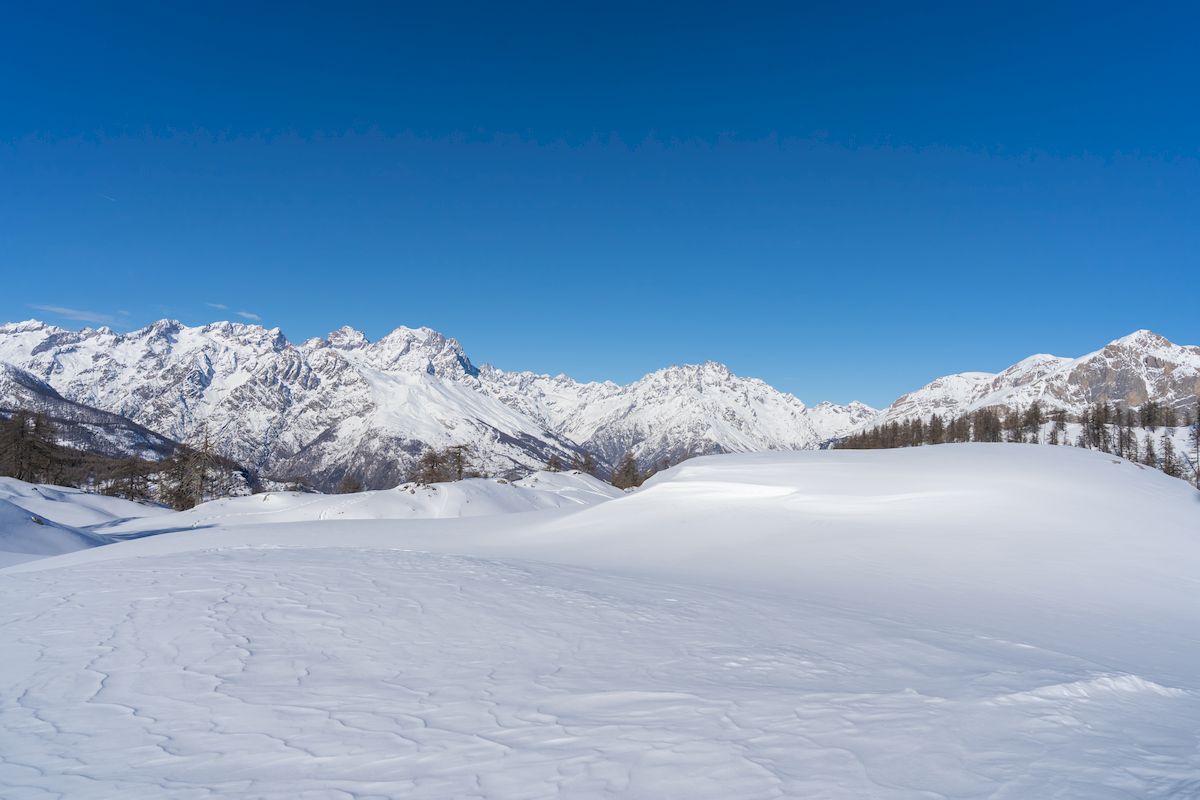
Route 2: Les Têtes
Not very difficult
Slope color:
The route is located in the Nordic area, so there are no alpine ski trails.
Corresponding ascent rating:
Slightly Difficult mountaineering
Description
4 km trail from the Nordic Chalet - 285m ascent
From the summit of Les Têtes at 2038 meters, enjoy a 360-degree view: Mont Pelvoux, Glacier Blanc, Vallée de la Durance, Vallon du Fournel...
Beaconing: purple flag markers "ski de randonnée"
Description:
Departing from the Nordic chalet, head for Les Têtes via Tournoux and Col de la Pousterle.
This route is ideal for beginners to ski touring, with a superb view to reward your efforts.
The descent can be made via the same route as the ascent.
- Towns crossed : L'Argentière-la-Bessée, Les Vigneaux, and Puy-Saint-Vincent
Sensitive areas
Peregrine falcon
- Impacted practices:
- Aerial, Vertical
- Sensitivity periods:
- FebMarAprMayJun
- Contact:
- Parc National des Écrins
Julien Charron
julien.charron@ecrins-parcnational.fr
Recommandations
→ You must bring your own safety equipment and know how to use it: avalanche transceiver, shovel, probe, first aid kit.
→ Night-time activities on Nordic areas are prohibited. It must be supervised by a professional and must be authorized by the slopes service.
→ Several itineraries are shared with cross-country skiers, snowshoe hikers/pedestrians, sled dogs and traileurs. Please be careful.
→ It is forbidden to ascend along the ski runs unless the markings tell you to do so. In this case, you do not have priority when crossing them.
→ Respect signage: dangers, prohibitions, direction of slopes, among other things.
→ Don't overestimate your abilities!
→ Take your garbage with you!
→ When ascending and descending off-piste, you may come across triangle-shaped fenced areas: these are areas set aside for the wintering areas of the black grouse (Tétra lyre). Respect these zones and go around them.
→ Don't hesitate to take along a topo-guide so that you have all the information you need on ski touring routes at hand.
10 points of interest
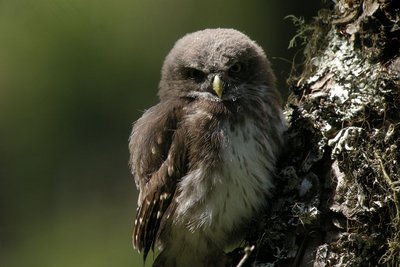
Jeune chouette chevêchette - Damien Combrisson - Parc national des Écrins  Fauna
FaunaThe Eurasian pygmy owl
The call of this small, nocturnal bird of prey can be heard in the spring, and also in the autumn when it can utter some peculiar sounds. Active during daytime hours and at dusk, the pygmy owl is a predator of passerine birds and small forest rodents. But when they spot it, passerines will come together in large numbers to mob it, so as to prevent any attempted surprise attack. It is restricted to mountain forests where it seeks out trees with woodpecker cavities in which it builds its nest.
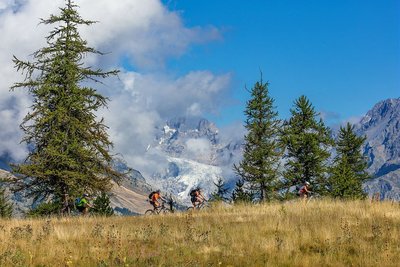
Col de la Pousterle - Bertrand Bodin - Parc national des Écrins  Pass
PassThe Col de la Pousterle
A pousterle (in the local high-alpine Occitan language) is a small gate, a postern. It comes from the Latin posterula which means back door. This place name is sometimes given to a pass, which could be described as a gateway between two valleys! The glaciers carved out this gateway through which an arm stretched between the glacier occupying the Fournel valley and the glacier flowing down the Vallouise valley.
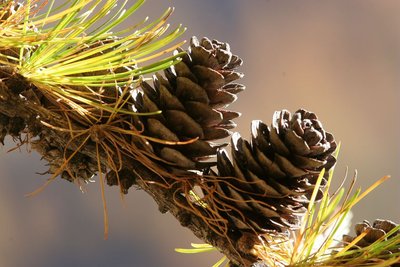
Mélèze avec cônes - Robert Chevalier - Parc national des Écrins  Flora
FloraThe larch
The symbol of the Southern Alps, this softwood tree loses its leaves in winter, and is swathed with gold and lights up the mountains in autumn. The larch forests are maintained by the grazing of flocks. Without them, other trees like the fir or other pine trees could grow, creating a different kind of forest. A pioneer species, the larch establishes freely in light conditions. Its solid rot-proof wood has always been used in the construction of houses.

Chauve-souris en vol en contre jour - Mireille Coulon - Parc national des Écrins  Fauna
FaunaForest-dwelling bats
Bats don't just live in caves! In summer, some forest-dwelling species shelter in old hollow trees or woodpecker holes during the day. Sometimes, the females also form little colonies here, where their young will be born (one bat pup per female). In this forest, which is still young with very few old trees, artificial roosts have been installed to help the bats and to facilitate their study.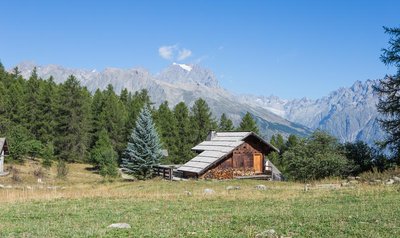
Chalet - Jan Novak  Panorama
PanoramaTournoux
The Tournoux plateau is a small paradise with its cool meadows, its occasional renovated chalets made from stone and larch wood and its view over the Tête d'Aval, an imposing limestone peak forming part of the Montbrison massif. Whether on a mountain bike, on foot or on cross-country skis in the winter, this spot is always an invitation to stop for a break!
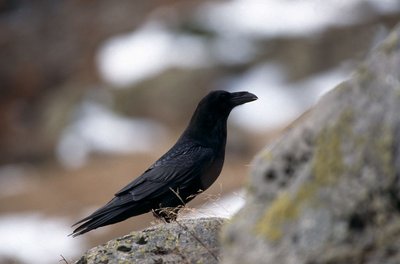
Le grand corbeau - Chevalier Robert - Parc national des Écrins  Fauna
FaunaThe common raven
A hollow "caw" makes you lift up your head (careful not to trip!). A pair of common ravens is nesting near here (they pair for life), on a cliff face. Although bigger than its cousins the carrion crow and the rook, it can be identified by its rather lozenge-shaped tail. It almost became extinct due to persecution Yet it's an omnivore and, more particularly, a scavenger which plays an important role by cleaning up disease-prone carcasses.
Le Laus - Marie-Geneviève Nicolas - Parc national des Écrins  Vernacular heritage
Vernacular heritageLe Laus
A number of old alpine pasture chalets or hamlets, often renovated, are dotted across the Puy-Saint-Vincent resort. These are the Chalets du Laus. Le Laus is a place name designating a lake. In fact, just after the chalets, although not a lake, there is a flat, marshy area which is no doubt a small filled-in lake. So no point in bringing your pedalo!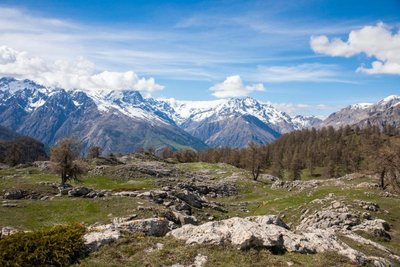
Les Têtes - Thibaut Blais  Panorama
PanoramaThe Les Têtes belvedere
This belvedere is worth the diversion, not only for its unrestricted panorama over the Fournel and Durance valleys but also for the place itself, with its sparse mature larches and the bare limestone scored with small fissures. These were created by the erosion of the rock by cold snowmelt waters or rain.

Semi-apollon - Gourreau Jean-Marie - Parc national des Écrins  Fauna
FaunaThe clouded Apollo
White, almost translucent in places, with just a few black spots, this butterfly is a cousin of the better-known mountain Apollo. It lives in clearings in open woods where the plant on which the female lays her eggs grows, and on which its caterpillars feed: the corydalis. It is a mountain butterfly.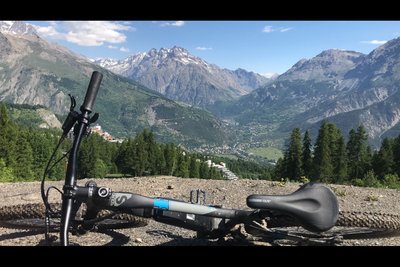
Lecture de paysage - Office de tourisme du Pays des Écrins  Panorama
PanoramaReading the landscape
The Vallouise valley is a tributary valley on the right-hand bank of the Durance. It is made up of three municipalities: Vallouise-Pelvoux, Les Vigneaux and, looking down from the heights, Puy-Saint-Vincent. This 25 km-long valley is dominated by numerous peaks, ranging in altitude from 980 metres, at the confluence of the Durance, to the peak of the Barre des Écrins at 4,102 metres (the highest point in the Les Écrins massif) and covers 18,541 hectares. Lying at the centre of the crystalline massif, the Vallouise valley is the gateway to the Parc National des Écrins and boasts exceptional and varied landscapes and a diverse wealth of fauna and flora.
